Last week I watched a webinar where the term Social Determinants of Education was used in context of the non-school data schools could be collecting to better understand school performance and propose solutions. I wrote about it here and included links to the video and website, along with other resources.
Below is a screenshot from the demonstration shown in the video. This shows how non-school youth development programs are plotted on a map along with indicators such as poverty.
In my article I showed how the Tutor/Mentor Connection (1993-present) had started building a list of Chicago non-school, volunteer-based tutor/mentor programs in 1993 and began using GIS maps to show where programs were needed and where more were located as part of that strategy.
What I did not emphasize enough was that while we pointed to youth serving organizations and indicators of need, we also pointed to businesses, faith groups, colleges, hospitals, banks, etc. who shared geography and could be directly involved in helping fill a neighborhood with a wide range of K-12 tutor and/or mentor programs.
Click on this image and enlarge it, then look at the list posted on the right. This is how we were sharing information in the 1990s, prior to the Internet.
It's part of a "Rest of the Story" strategy that we developed to draw additional attention and resources to neighborhoods featured in negative news stories, such as kids getting killed in Chicago.
When we launched the interactive Chicago tutor/mentor program locator in 2008 we built a page of asset maps. You can see this in the graphic below. This is only available as an archive now (click here).
When this was working you could click on any of the categories and open a new page.
For instance, of you opened the "banks" page you'd find a list of
Chicago banks. You could build a view showing only one, or several banks. You could also add information from the other categories. Then you could zoom into a zip code, or Congressional district, or any small area on the map, and see indicators of need, existing programs, which you could sort by age-group served and type of program, and assets.
Below is a map view created using the assets map section:
While this service is no longer available, it remains as a model for people building new dashboards. Until that happens, I've shown some ways to use other dashboards.
The map view below is shown in this article. I used the Chicago Public Schools Locator platform and zoomed into an area on the far South Side of Chicago with extensive poverty, but too few non-school youth support programs. I highlighted on the map businesses nearby who could be helping.
For those who have the funds (perhaps from ESSER) to build new dashboards I created this concept map to show layers of information that could be included. See it in this article.
What my maps and articles focus on is funding and sustainability. It takes 12 years for a youth to move from 1st grade to high school graduation and several more years to move into a job. While a few non-school organizations may succeed in attracting consistent funding, most don't have that type of ability. They struggle.
If someone can create an interactive dashboard, and someone else can build a list of non-school youth serving organizations, sorted by type of program and age group served, others can integrate this into the dashboard and lead efforts to draw 'people who can help' through the dashboard and into different parts of the city, and the websites of organizations in those areas.
In the graphic above I've drawn a grid over the map of Chicago illustrating the potential for volunteer groups, businesses, faith groups, etc. to adopt specific parts of the city, collecting and maintaining program data for that section of the city and leading on-going communications and outreach efforts intended to draw support to youth programs in that area. The could also be supporting the operations of programs in that area and/or making specific types of learning more available, such as computer science education.
Ultimately, every high poverty area should have someone taking this role. That takes me to another innovative project. This is the Twitter page of Proven Tutoring. It's a project of the Johns Hopkins University Center for Research and Reform in Education.
Visit the website, read the blogs, and view the list of reading and mathematics tutoring programs that they point to.
HUGE NEWS! We are excited to announce a milestone $281 MILLION gift from @mackenziescott. With this generous gift, Boys & Girls Clubs can continue to reach even more youth, as we guide millions of kids & teens on their journeys to #greatfutures. Learn more https://t.co/klJGYv0AZS
— Boys & Girls Clubs (@BGCA_Clubs) March 17, 2022
Imagine the even greater potential if students in business, arts, sports and media departments were leading on-going campaigns to draw policy-makers, volunteers, donors, youth, educators and others to the platform and on to websites of youth organizations, who they then would support with time, talent and dollars.
That's the goal.
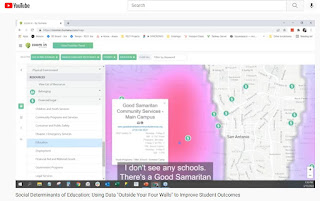
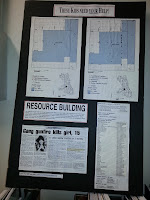
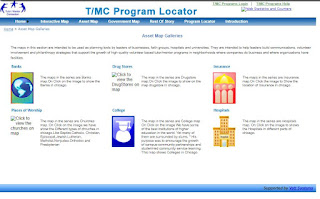
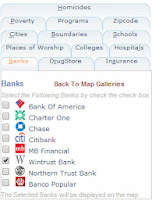

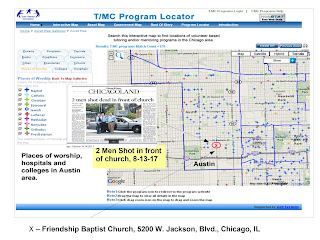
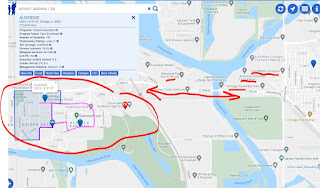

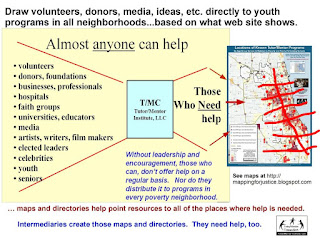



No comments:
Post a Comment